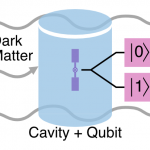Space.com, April 4, 2024
The BREAD experiment has delivered its first results. The table top axion detection system showed how the concept of BREAD iss inexpensive and did not take up a lot of space. BREAD was developed by Fermilab and University of Chicago scientists and aims to study axions to answer the mystery of dark matter.


